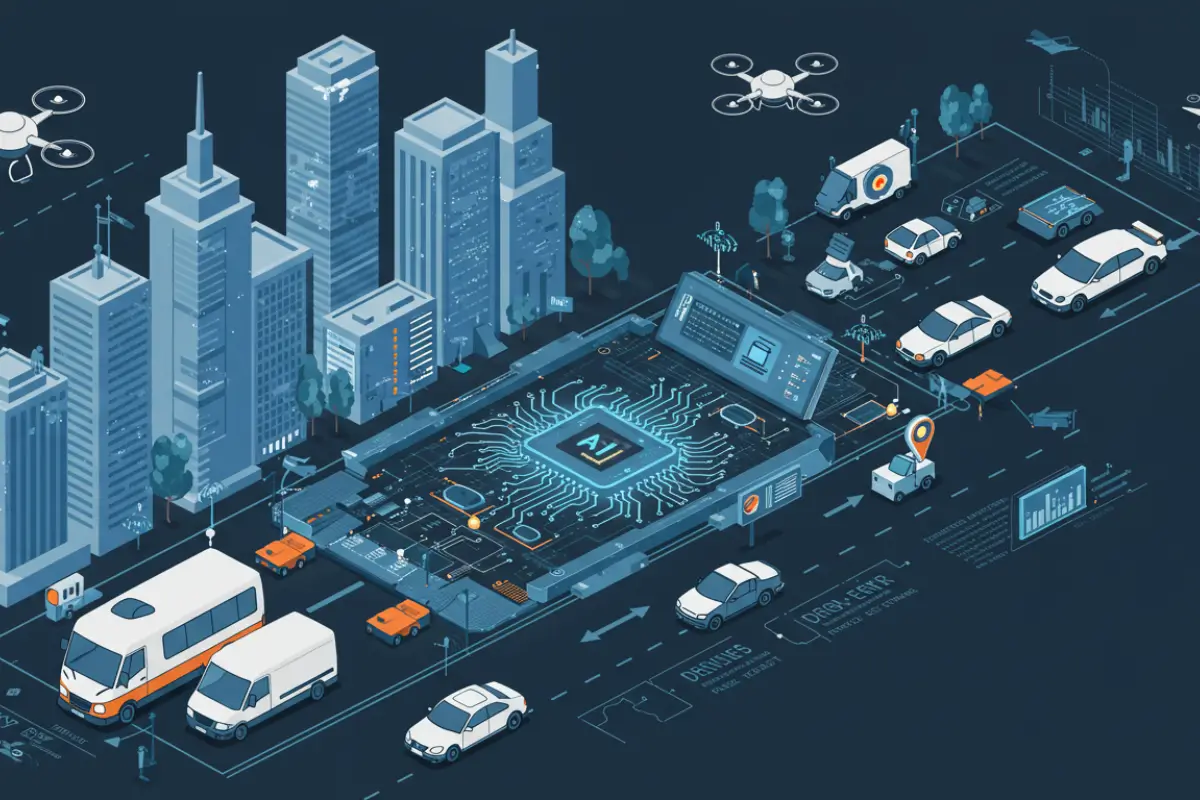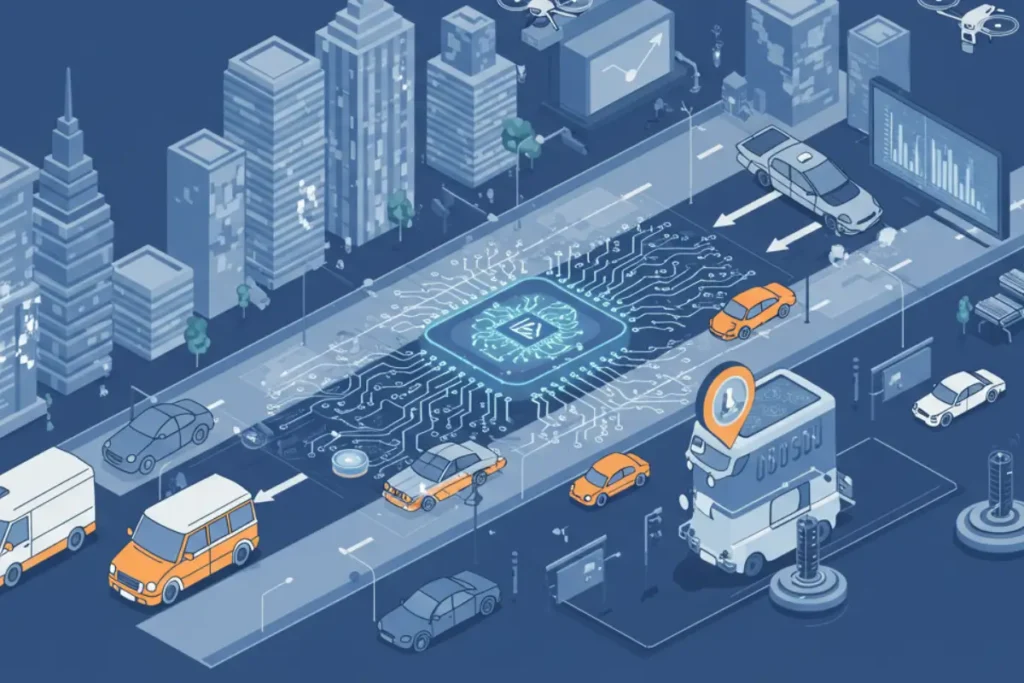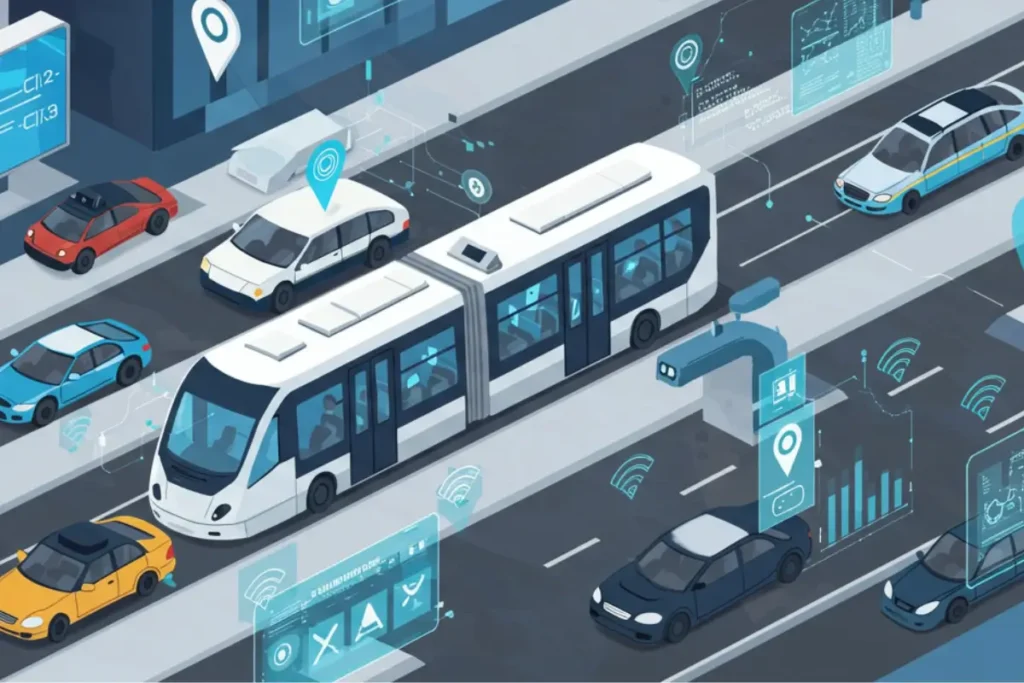AI and Self-Driving Cars – The Future of Transportation
- May 19, 2025
- 0
🚀 AI and Self-Driving Cars – The Future of Transportation 🚀 Hey there, fellow tech enthusiasts! 🚗💥 Ever wondered what the roads of tomorrow will look like? Well,
🚀 AI and Self-Driving Cars – The Future of Transportation 🚀 Hey there, fellow tech enthusiasts! 🚗💥 Ever wondered what the roads of tomorrow will look like? Well,

🚀 AI and Self-Driving Cars – The Future of Transportation 🚀
Hey there, fellow tech enthusiasts! 🚗💥 Ever wondered what the roads of tomorrow will look like? Well, buckle up because we’re diving into the fascinating world of AI and self-driving cars – a revolutionary leap in transportation that’s already changing how we move around.
And trust me, it’s not just about fancy cars and high-tech gadgets; it’s about a future where AI takes the wheel and reshapes our entire driving experience.

Before we zoom into the AI part, let’s get the basics down. Self-driving cars, also known as autonomous vehicles, are vehicles that use AI, sensors, and software to navigate without human input.
These cars rely on a combination of cameras, radar, and lidar to detect their surroundings, ensuring they can operate safely on the road.
Companies like Tesla, Waymo, and Cruise are leading the charge, pushing the boundaries of what autonomous driving can do. 🚀
Imagine your car as a super-intelligent robot. That’s basically what a self-driving car is – a complex AI system on wheels. Here’s how it works:
This combination of data processing and decision-making is what allows AI to navigate complex road scenarios, from busy city streets to winding highways. 🚦

Now, before we all hop into our self-driving cars, let’s talk about some of the challenges still facing this technology:
The impact of self-driving cars extends far beyond the driver’s seat. Here’s how AI could transform our roads in the coming years:

While fully autonomous vehicles are not yet mainstream, many companies are getting closer every day. Check out this list of leading self-driving car developers:
➔ Are self-driving cars safe?
Yes, but they still face challenges in complex traffic scenarios. Engineers are working to improve AI decision-making in unpredictable situations.
➔ Will self-driving cars eliminate driving jobs?
Not entirely. New jobs in AI programming, vehicle maintenance, and traffic management will emerge.
➔ When will self-driving cars be mainstream?
Experts predict a significant rise in autonomous vehicles by 2030, but widespread adoption may take longer due to regulatory hurdles.
Want to learn more about how AI is reshaping the world? Check out more articles on Futuristic Intellect and dive into the future of AI technology.
🚀 If you enjoyed this article, don’t forget to share it with your friends and leave a comment below. What do you think about self-driving cars? Are you ready for the future of AI on the road? Let’s chat! 💬